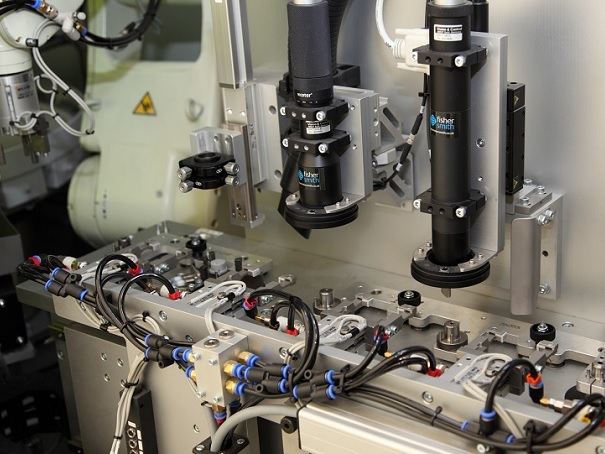Challenge
The system must handle with minimum changeover two components that are different in size. As the pharmaceutical industry requires the highest standards of design, usability and performance in all of their processing equipment, the system is located in a Grade D (EU GMP Annex1) environment and must conform to a very high pharmaceutical specification to ensure these high standards are met.
The system must inspect from all three planes: 1. Top for damage and missing tablets 2. Bottom for damage and OCR (optical character recognition); 3. Side for damage, height and profile. The system must detect and expel 100% of those reject components, but critically must not damage the components.
Additionally, the customer required a complete system with minimum requirements below:
- The system must be capable of operating at up to a rate of 600 parts/minute
- It must be designed to meet pharmaceutical and GAMP standards.
- And, a customized HMI system to meet the specific needs of the customer.
Solution
To enable the system to deliver 600 parts per minute the design utilizes a twin headed system with duplicate bowl feeders, conveyors, glass disc and reject segregation, with a common good part collection. This handling solution involved the innovative idea of a “rotating glass disc”.
The components are fed from a bowl feeder onto a conveyor system and fed individually onto a rotating glass disc, where they are presented to the camera system (3 cameras for top, bottom, side inspection).
An air blast complete with control solenoid valve removes individual ‘good’ components from the disc into a chute; remaining ‘reject’ components continue round the disc until they reach a mechanical divert which guides them into a chute.
Inspected components are discharged from the system via a chute into collection bins – 2 collection bins for ‘good’ components, 2 collection bins for ‘reject’ components. Once a count
of 8000 components is reached, the machine alerts an operator via beacon. A mechanical divert then directs components to the 2nd bin, allowing the operator to replace the bin without stopping the machine.
To meet the high demand of the customer’s requirements on the HMI system, RNA have developed a highly user-friendly visualization program capable of showing much more detailed information on the control processes for the system. It also allows up to 64 accounts with individual passwords, enabling multiple registrations to the system. The program provides a verification solution designed to help pharmaceutical manufacturers consistently deliver quality products.



